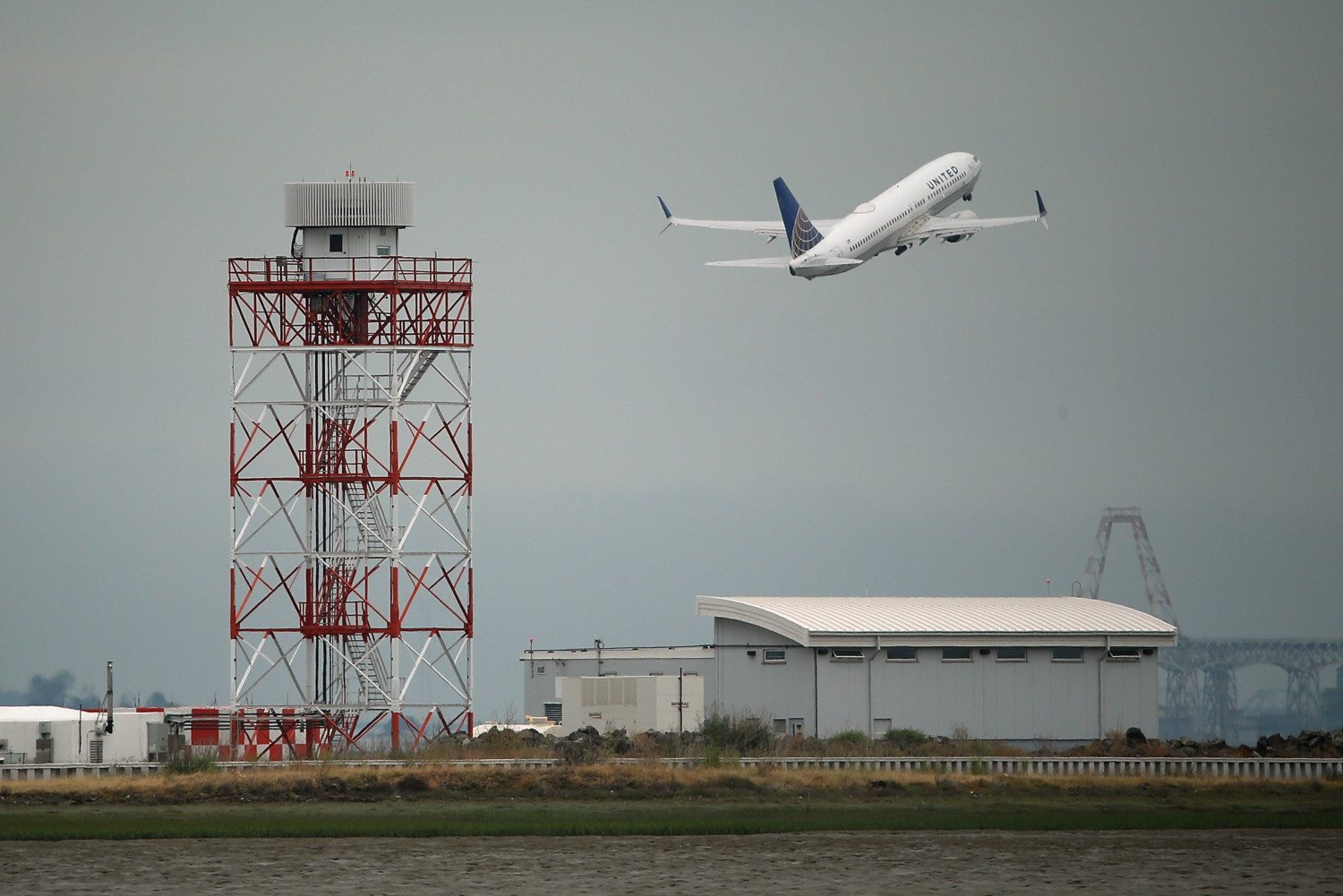It’s too hot for some planes to fly in Arizona today
Hot weather and Arizona just go together. Residents expect temperatures in the 90s and low 100 degrees this time of year. But, when forecasters call for highs of 120 degrees, even airlines notice and take action. Today, American Airlines decided to cancel 50 flights out of Phoenix’s Skyway International Airport due to the heat.
All of the affected regional flights were scheduled to depart between 3 and 6 p.m. local time, according to Tucson News Now. This time of the day usually coincides with the hottest temperatures. According to an American Airlines statement, the planes used for these regional flights have a maximum operating temperature of 118 degrees. American uses Bombardier CRJ regional aircraft for these flights.
The airline said it plans to work with affected customers to adjust reservations or offer refunds, as necessary.
“Our smaller regional operations—those that use our CRJ aircraft types—will be most affected by the heat,” the airline’s communication specialist Kent Powell told CNN. “We really aren’t expecting any change to the operation with our mainline aircraft.”
But how can heat affect airplanes? Designers build aircraft to withstand extreme weather conditions, right? Let’s take a quick look at the mechanics and science involved.
The Science Behind How Heat Affects Planes
Airplanes rely on air density to give them the lift to take off and land. During extremely hot temperatures, the air gets thinner. Therefore, the plane doesn’t have as much air to push against to keep it at normal flying levels.
Also, the heated, thinner air affects the aircraft’s ability to climb. That, combined with the weight of the passengers and luggage, creates a mechanical struggle some planes can’t overcome. Small planes, like the Bombardier CRJ, just don’t have enough power to work against the weather complications.
Speed plays an important role in takeoffs involving extreme heat, too. The hotter the temperature outside, the more speed a plane needs for takeoff. When running at higher speeds, the plane also needs more runway space. Some airports can not accommodate this requirement, making it impossible for smaller planes to take off properly.
Extreme heat can also affect runway structure and quality. In June 1990, temperatures hit 120 at the Phoenix airport. As a result, the runway asphalt softened and planes could not move.







